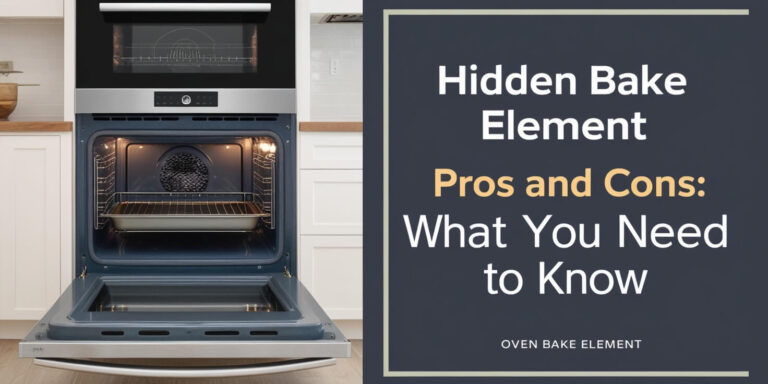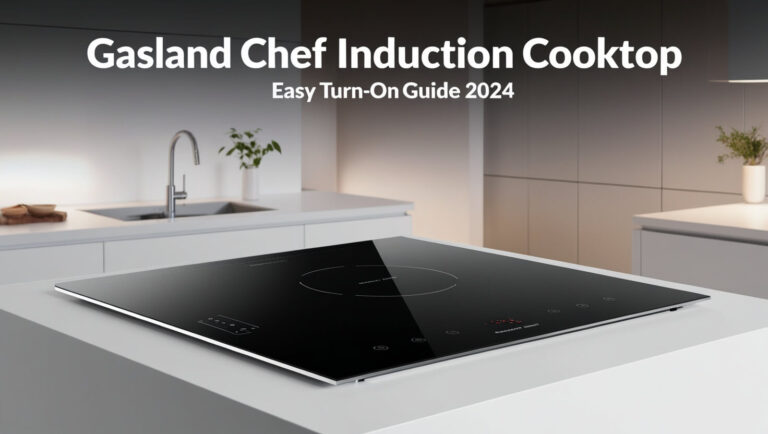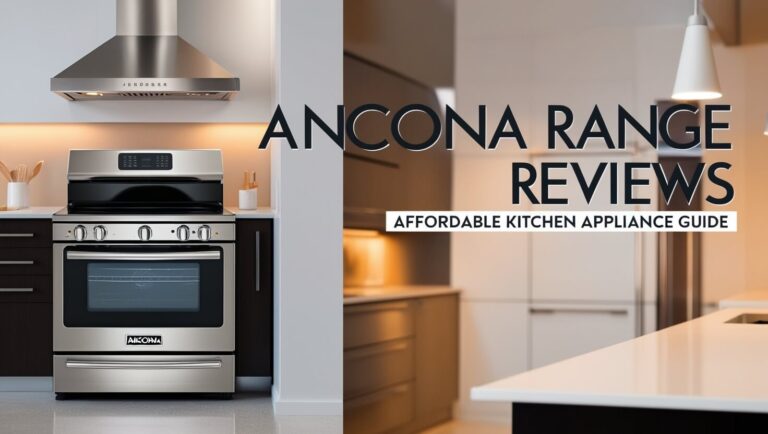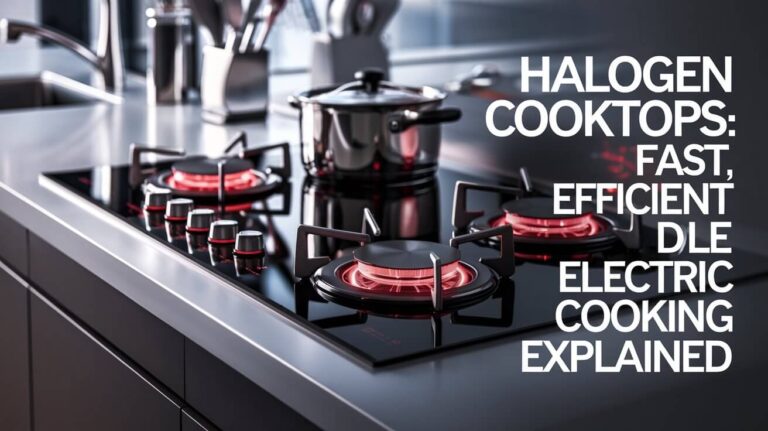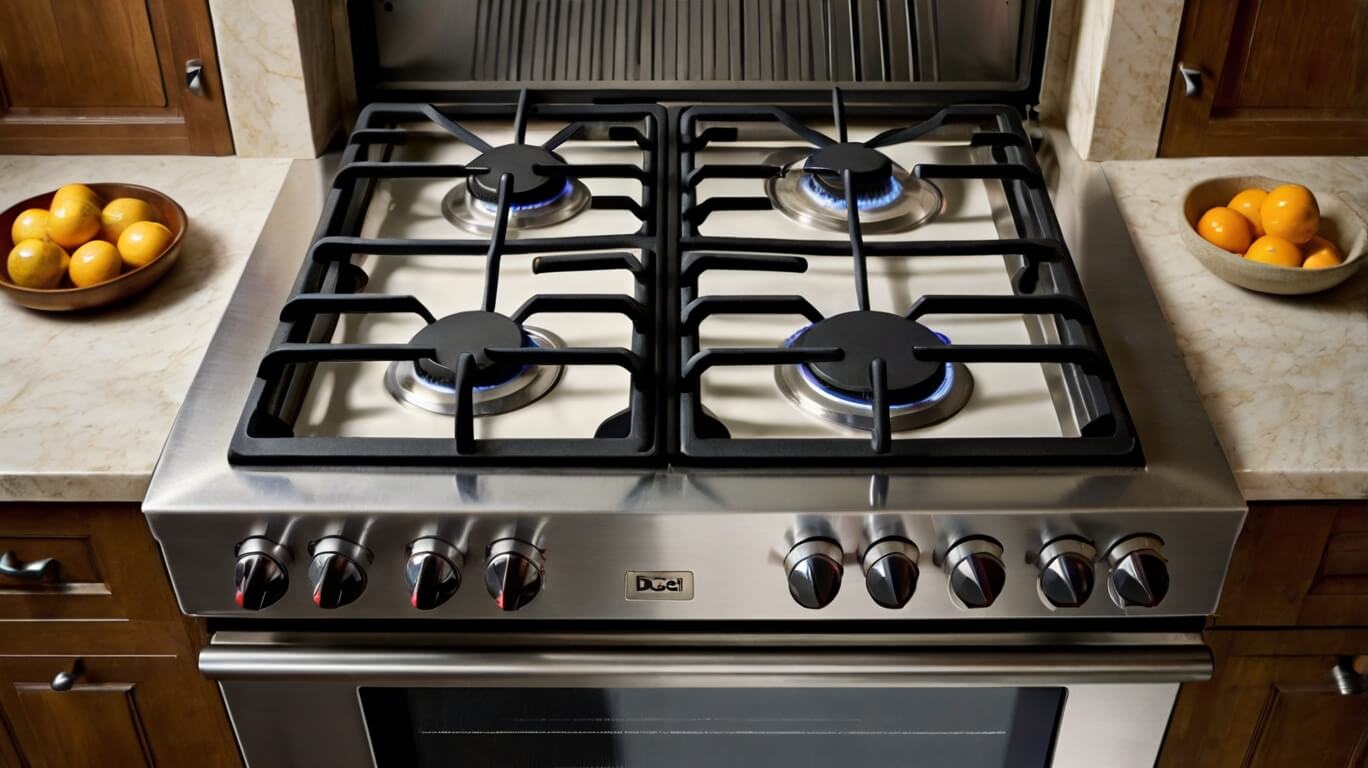
Most modern gas ranges come equipped with built-in regulators. These essential components control gas pressure, ensuring safe and efficient operation. But there’s more to know about gas range regulators than just their presence. This guide covers everything from how they work to maintenance tips and safety considerations.
What Are Gas Regulators?
Gas regulators are crucial devices that control the flow and pressure of gas in appliances. They act as a safety valve, preventing too much gas from flowing into the appliance.
The Purpose of Gas Regulators
Gas regulators serve several key functions:
- Pressure control: They reduce high-pressure gas from supply lines to a safe, usable level.
- Flow regulation: Regulators ensure a steady, consistent gas flow.
- Safety: They help prevent gas leaks and maintain proper combustion.
Types of Gas Regulators
Gas regulators come in various types:
- Single-stage regulators: These reduce pressure in one step.
- Two-stage regulators: They reduce pressure in two steps for more precise control.
- Adjustable regulators: These allow manual pressure adjustments.
Gas Ranges and Built-in Regulators
Most modern gas ranges feature built-in regulators. This design choice offers several advantages.
Common Gas Range Designs
Gas ranges typically fall into two categories:
- Freestanding ranges: These have finished sides and can stand alone.
- Slide-in ranges: Designed to fit between cabinets for a built-in look.
Both types often include built-in regulators.
Identifying Built-in Regulators in Gas Ranges
To spot a built-in regulator:
- Check the owner’s manual.
- Look for a small, cylindrical device near the gas inlet.
- Consult a professional if unsure.
Benefits of Built-in Regulators in Gas Ranges
Built-in regulators offer several advantages for gas range owners.
Safety Advantages
Built-in regulators enhance safety by:
- Preventing gas overflow
- Maintaining proper combustion
- Reducing the risk of gas leaks
Performance Improvements
Regulators also boost performance:
- Ensure consistent flame size
- Improve cooking precision
- Enhance energy efficiency
Gas Ranges Without Built-in Regulators
While less common, some gas ranges lack built-in regulators.
External Regulator Requirements
Ranges without built-in regulators need:
- An external regulator installed on the gas line
- Regular inspections to ensure proper function
Installation Considerations
When installing a range without a built-in regulator:
- Hire a licensed professional
- Ensure the external regulator matches the range’s specifications
- Follow local building codes
Maintaining Gas Range Regulators
Proper maintenance keeps regulators functioning safely.
Signs of Regulator Issues
Watch for these red flags:
- Uneven flames
- Gas odors
- Difficulty lighting burners
Troubleshooting Common Problems
If you notice issues:
- Clean burner ports
- Check gas connections
- Call a professional for persistent problems
Gas Range Regulator Safety
Safety should always be the top priority with gas appliances.
Importance of Proper Gas Pressure
Correct gas pressure:
- Ensures complete combustion
- Prevents carbon monoxide buildup
- Maintains appliance efficiency
Potential Risks of Faulty Regulators
Faulty regulators can lead to:
- Gas leaks
- Fires or explosions
- Carbon monoxide poisoning
Regulations and Standards for Gas Range Regulators
Gas range regulators must meet specific standards.
Industry Guidelines
Key guidelines include:
- ANSI Z21.1 for household cooking appliances
- National Fuel Gas Code (NFPA 54)
- Local building codes
Compliance Requirements
Manufacturers must:
- Test regulators for safety and performance
- Provide clear installation instructions
- Include safety warnings in user manuals
Choosing a Gas Range with Built-in Regulators
When shopping for a gas range, consider these factors.
Key Features to Look For
Prioritize ranges with:
- Clearly labeled built-in regulators
- Safety certifications (e.g., CSA, UL)
- User-friendly controls
Top Brands and Models
Some reliable options include:
- GE Profile Series
- Samsung NX58K9500WG
- LG LSG4513ST
(Note: Always check current models and reviews)
Installing a Gas Range with Built-in Regulators
Proper installation is crucial for safety and performance.
DIY vs. Professional Installation
While DIY might seem tempting:
- Professional installation ensures safety
- Experts can spot potential issues
- Many warranties require professional installation
Step-by-Step Installation Guide
If you’re confident in your skills:
- Turn off gas supply
- Disconnect old range
- Connect new range to gas line
- Check for leaks
- Test all burners
Always follow manufacturer instructions and local codes.
Converting Gas Ranges Between Fuel Types
Sometimes, you might need to switch between natural gas and propane.
Natural Gas to Propane Conversion
This process involves:
- Changing burner orifices
- Adjusting the regulator
- Updating labels and documentation
Regulator Considerations During Conversion
During conversion:
- Ensure the regulator is compatible with the new fuel type
- Adjust regulator pressure if needed
- Have a professional inspect the conversion
Comparing Gas Ranges with and without Built-in Regulators
Let’s weigh the pros and cons of each option.
Pros and Cons
Ranges with built-in regulators:
- Pros: Convenience, integrated safety
- Cons: Potentially higher initial cost
Ranges without built-in regulators:
- Pros: Potentially lower cost, external regulator flexibility
- Cons: Additional installation steps, separate maintenance
Cost Implications
Consider:
- Initial purchase price
- Installation costs
- Long-term maintenance expenses
Future Trends in Gas Range Regulator Technology
The world of gas range regulators continues to evolve.
Smart Regulators
Emerging technologies include:
- Wi-Fi connected regulators
- Smartphone app integration
- Automatic shut-off features
Energy Efficiency Improvements
Future regulators may offer:
- More precise gas flow control
- Integration with smart home systems
- Real-time efficiency monitoring
FAQs About Gas Range Regulators
Let’s address some common questions.
Common Questions Answered
How often should I replace my gas range regulator?
Most regulators last 10-15 years, but annual inspections are recommended.
Can I adjust my gas range regulator myself?
It’s not recommended. Always consult a professional for regulator adjustments.
Do outdoor gas grills need regulators?
Yes, outdoor grills typically require regulators, often external ones.
Expert Insights
Gas technician John Smith notes: “Regular maintenance is key. I’ve seen well-maintained regulators last over 20 years, while neglected ones fail in just a few.”
The Importance of Understanding Gas Range Regulators
Gas range regulators play a crucial role in kitchen safety and appliance performance. Whether your range has a built-in regulator or requires an external one, proper installation, maintenance, and awareness are key. By understanding how these devices work and why they’re important, you can ensure safer, more efficient cooking for years to come.
Remember, when in doubt about your gas range’s regulator or any gas appliance issue, always consult a licensed professional. Safety should always be your top priority in the kitchen and throughout your home.

